GRI 301-1, 301-2
Actions
In 2023 our in-house Innovation and Circular Economy team took shape and worked closely together with the product management, quality, supply chain, sales, and marketing teams to ensure the circular product and service innovation needed to achieve our circular ambition.
This resulted in, among others, our jute baxmatic bag with home-compostable strip, designed to prevent plastic waste. And in addition to our ‘dry washing’ reconditioning service for big bags, we added ‘wet washing’ to our solutions portfolio, which makes big bag reuse possible for a larger number of industries and products.
Furthermore, we collaborated with our partners in the value chain to establish closed-loop solutions, such as the closed loop recycling solutions for FIBCs with Healix, and with PET Recycling Team (a member of ALPLA Group), Starlinger and Velebit.
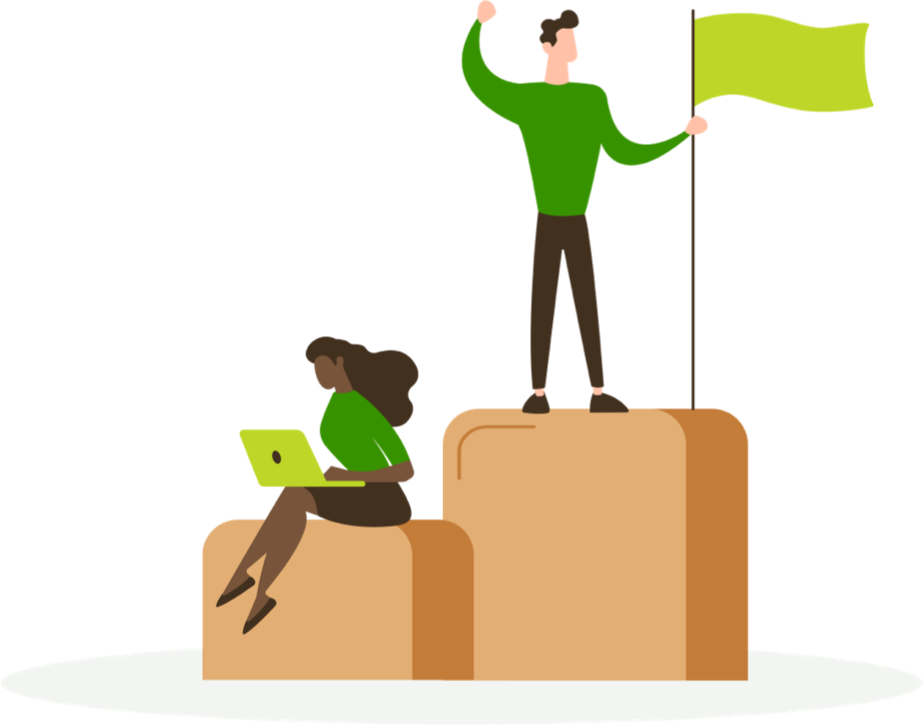
Reuse to Reduce
Our reconditioning programme for FIBCs
Circular
Economy

23% of our turnover comes from packaging that delivers the circular economy
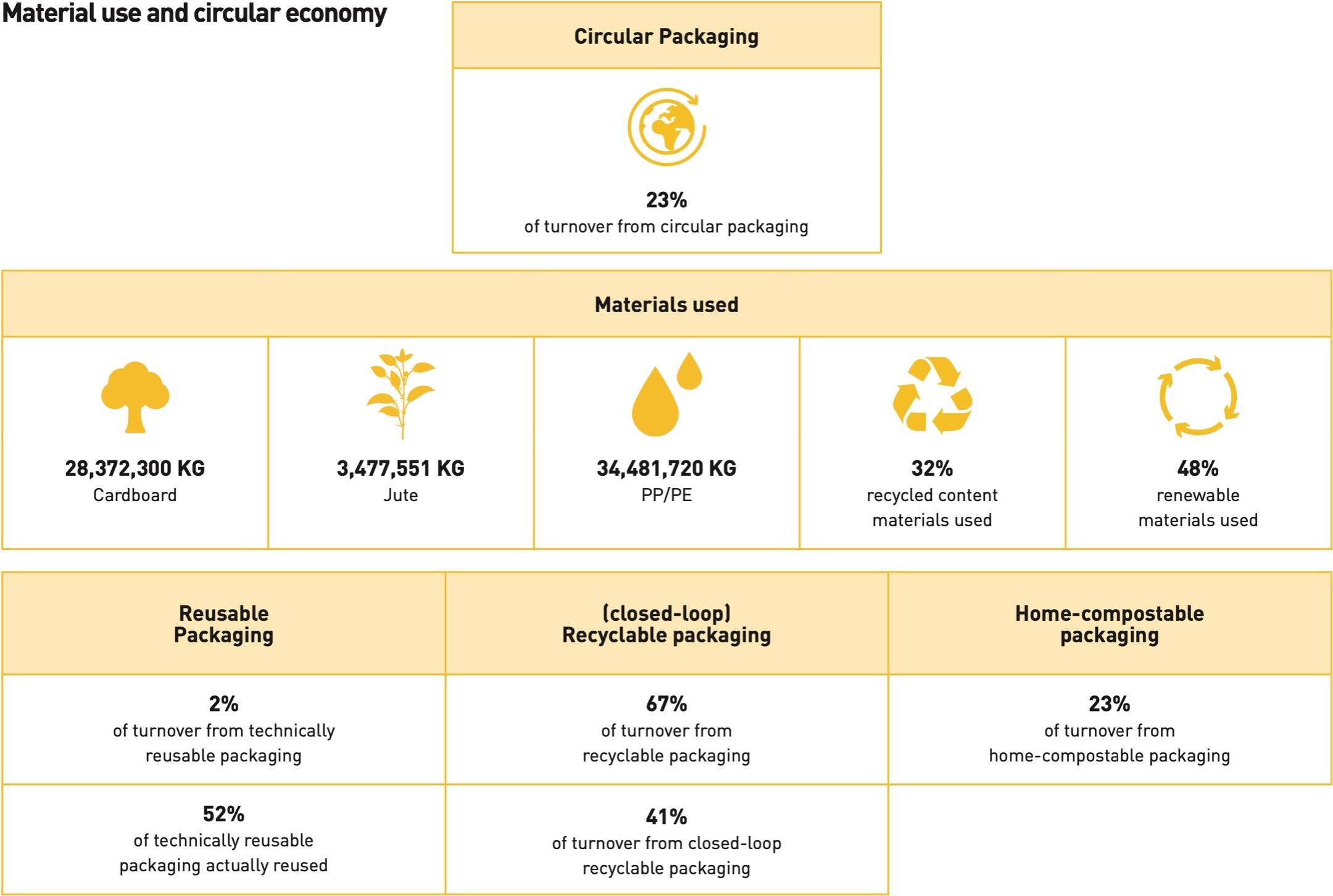
Our goal to make our packaging circular by 2030, touches upon 6 out of 8 Sustainable Packaging Criteria
In base year 2021, 15% of turnover came from circular packaging.
Baseline
By 2030, at least 80% of our turnover comes from packaging that delivers the circular economy.
Goal
In 2023, we continued our journey towards circular product innovation and services. Our product portfolio has been extended with more sustainable options, which have been introduced to our customers.
23% of turnover came from packaging that delivers the circular economy. This is a 6% increase compared to 2022 and 8% compared to base year 2021.
The graphic below presents an overview of the 2023 results and the progress made.
}Please note: These results are based on calculations including Royal LC Packaging’s primary product categories, representing 93.8% of the total kilos of materials used, and 94.4% of the company’s total turnover in 2023.
Progress on goal
Included in the scope of this goal are LC Packaging’s main product categories; carboard packaging and paper bags, jute bags, FIBCs (big bags), woven PP bags and net bags. In 2023, these product categories represented 94.4% of Royal LC Packaging’s total turnover.
Scope

Packaging made out of renewable materials or recycled content materials, that is reusable if possible, and 100% recyclable (preferably closed-loop) or compostable.
Definition circular packaging
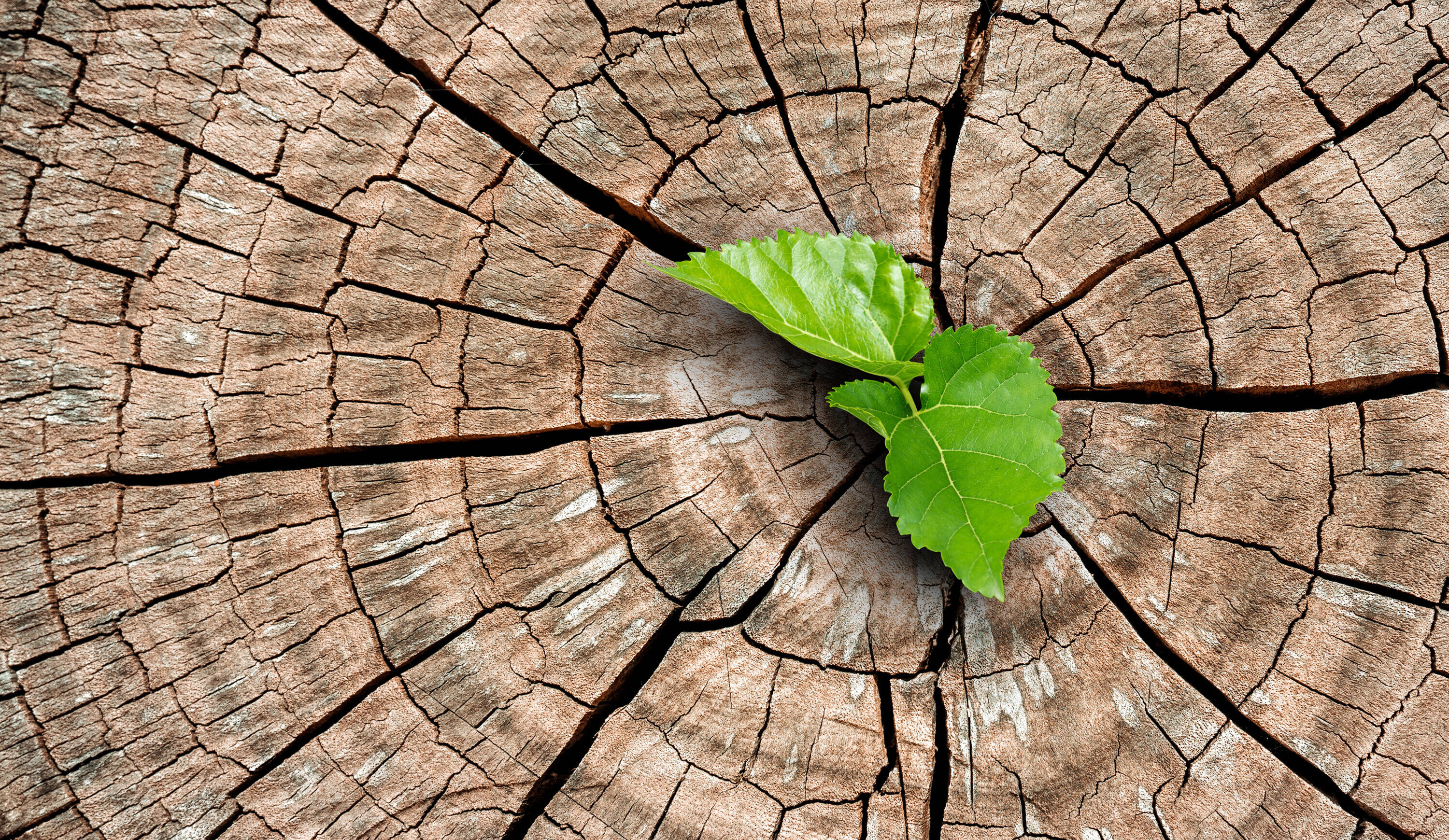
Royal LC Packaging aims to annually improve the availability and quality of data related to the material use and circular economy criteria. Compared to the 2022 report, definitions have evolved, as a result of having obtained more knowledge on the actual reusability, recyclability and composability of many of our packaging products, and market developments. As data availability and quality has improved significantly, the data for 2022 and 2021 has been recalculated and rectified.
A summary of the results:
In 2023, 23% of turnover came from circular packaging, compared to 17% in 2022. An 8% increase compared to base year 2021 (15%).
In 2023, LC Packaging distributed 508 mln. pcs of packaging, compared to 512 mln. in 2022, resulting in fewer kilos of materials used: 66.3 mln. in 2023, compared to 72.2 mln. in 2022. We distributed over 28 mln. kilos of cardboard, 3 mln. kilos of jute and 34 mln. kilos of plastics.
In 2023, 48% of the materials used were renewable, and 35% of turnover came from packaging made out of renewable materials. 32% of the materials used were recycled content materials, and 38% of our distributed products included recycled content materials. This is 4% less compared to 2022 due to the exclusion of cardboard service articles. Nevertheless, 25% of turnover came from packaging including recycled content, compared to 23% in 2022.
A distinction is made between 'non-reusable packaging', 'technically reusable packaging' and 'packaging that is actually reused': packaging purchased for reuse. Almost 5 million pcs of packaging distributed in 2023 were categorised as technically reusable, of which 52% was actually reused through LC Packaging's WorldBag reuse programme (representing 12% of total turnover from technically reusable packaging) or at our customers’ site. This is compared to almost 4 million pcs distributed in 2022, of which 1% was actually reused. The increase is mainly due to the PP post bags added to the ‘actually reused’ category. By investing heavily in WorldBag, we are confident we will continue a gradual annual increase of turnover from actually reused packaging in the upcoming years.
In 2023, 70% of distributed packaging was recyclable. An increase of 17% compared to 2022 and 31% compared 2021. Recyclable packaging represented 67% of our turnover. The percentage of distributed closed-loop recyclable products increased to 63%, representing 50% of our turnover. Since 2023, our net bags without metalised label are also classified as (closed-loop) recyclable, which largely explains the significant increase in (closed-loop) recyclable distributed packaging and related turnover.
In 2023, 23% of turnover came from home-compostable packaging, compared to 17% in 2022, and 15% in 2021. 28% of distributed packaging was home-compostable, compared to 26% in the previous two years.
For more detailed information on the materials used in our packaging, and the circularity of our packaging portfolio, please refer to our 2023 Environmental Report.
Explanation
For more detailed information on the materials used in our packaging, and the circularity of our packaging portfolio, please refer to our 2023 Environmental Report.
2023 Environmental Report
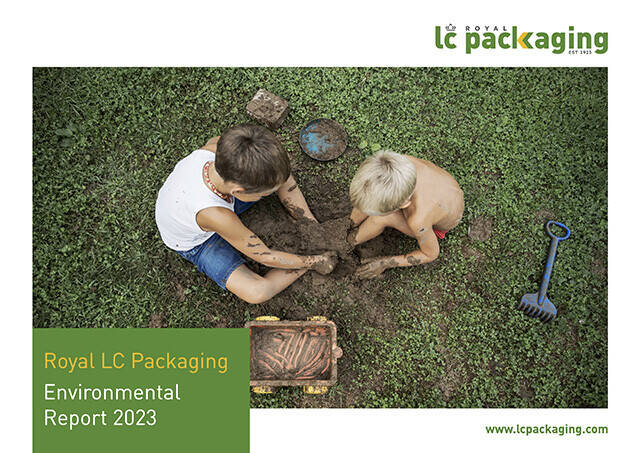
2023 Environmental Report

01
01
Policies, codes, and commitments
02
Awareness and
implementation
03
Research and
development
04
Data and
reporting
Our updated Sustainable Consumption Policy was communicated and implemented.
Policies, codes, and commitments
For our additional production partners, the Code of Conduct for Production Partners has been updated and distributed. Included is a commitment to contribute to the circular economy.
We obtained the QA-CER Certification for the use of recycled polypropylene (rPP) in big bags used for non-food applications, affirming adherence to stringent quality standards and qualifying Royal LC Packaging as an approved rPP-PCR supplier.
Read more
Royal LC Packaging’s reuse service WorldBag took on a proactive role in the New European Reuse Alliance (New ERA) as founding member, aiming to raise awareness among relevant EU and national policymakers to establish the required infrastructure, incentives and rules to accelerate the transition from single-use to reuse.
Read industry statement
All our key production partners have signed the dedicated Code of Conduct for Key Production Partners. This code includes a requested commitment to contribute to the circular economy ambition.


Next steps
As looking forward is even more important than looking back, below is a brief overview of actions we are planning to take next.

Ensure progress towards our goal is made, by further developing our product and services innovation approach.

Include remaining product categories in circular economy strategy and where needed, define product category targets and sales KPIs in order to boost circular product innovation and the sales of these products.
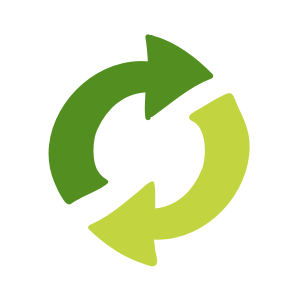
Establish new partnerships to ensure closed-loops.

Further improve data quality and availability, leading to more reliable data for circular economy reporting and decision making.


23% of our turnover comes from packaging that delivers the circular economy
GRI 301-1, 301-2
Royal LC Packaging aims to annually improve the availability and quality of data related to the material use and circular economy criteria. Compared to the 2022 report, definitions have evolved, as a result of having obtained more knowledge on the actual reusability, recyclability and composability of many of our packaging products, and market developments. As data availability and quality has improved significantly, the data for 2022 and 2021 has been recalculated and rectified.
A summary of the results:
In 2023, 23% of turnover came from circular packaging, compared to 17% in 2022. An 8% increase compared to base year 2021 (15%).
In 2023, LC Packaging distributed 508 mln. pcs of packaging, compared to 512 mln. in 2022, resulting in fewer kilos of materials used: 66.3 mln. in 2023, compared to 72.2 mln. in 2022. We distributed over 28 mln. kilos of cardboard, 3 mln. kilos of jute and 34 mln. kilos of plastics.
In 2023, 48% of the materials used were renewable, and 35% of turnover came from packaging made out of renewable materials. 32% of the materials used were recycled content materials, and 38% of our distributed products included recycled content materials. This is 4% less compared to 2022 due to the exclusion of cardboard service articles. Nevertheless, 25% of turnover came from packaging including recycled content, compared to 23% in 2022.
A distinction is made between 'non-reusable packaging', 'technically reusable packaging' and 'packaging that is actually reused': packaging purchased for reuse. Almost 5 million pcs of packaging distributed in 2023 were categorised as technically reusable, of which 52% was actually reused through LC Packaging's WorldBag reuse programme (representing 12% of total turnover from technically reusable packaging) or at our customers’ site. This is compared to almost 4 million pcs distributed in 2022, of which 1% was actually reused. The increase is mainly due to the PP post bags added to the ‘actually reused’ category. By investing heavily in WorldBag, we are confident we will continue a gradual annual increase of turnover from actually reused packaging in the upcoming years.
In 2023, 70% of distributed packaging was recyclable. An increase of 17% compared to 2022 and 31% compared 2021. Recyclable packaging represented 67% of our turnover. The percentage of distributed closed-loop recyclable products increased to 63%, representing 50% of our turnover. Since 2023, our net bags without metalised label are also classified as (closed-loop) recyclable, which largely explains the significant increase in (closed-loop) recyclable distributed packaging and related turnover.
In 2023, 23% of turnover came from home-compostable packaging, compared to 17% in 2022, and 15% in 2021. 28% of distributed packaging was home-compostable, compared to 26% in the previous two years.
For more detailed information on the materials used in our packaging, and the circularity of our packaging portfolio, please refer to our 2023 Environmental Report.

Circular
Economy
Our goal to make our packaging circular by 2030, touches upon 6 out of 8 Sustainable Packaging Criteria
In base year 2021, 15% of turnover came from circular packaging.
Baseline
By 2030, at least 80% of our turnover comes from packaging that delivers the circular economy.
Goal
Included in the scope of this goal are LC Packaging’s main product categories; carboard packaging and paper bags, jute bags, FIBCs (big bags), woven PP bags and net bags. In 2023, these product categories represented 94.4% of Royal LC Packaging’s total turnover.
Scope
Packaging made out of renewable materials or recycled content materials, that is reusable if possible, and 100% recyclable (preferably closed-loop) or compostable.
Definition circular packaging
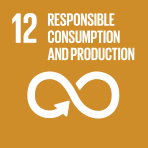
In 2023, we continued our journey towards circular product innovation and services. Our product portfolio has been extended with more sustainable options, which have been introduced to our customers.
23% of turnover came from packaging that delivers the circular economy. This is a 6% increase compared to 2022 and 8% compared to base year 2021.
The graphic below presents an overview of the 2023 results and the progress made.
}Please note: These results are based on calculations including Royal LC Packaging’s primary product categories, representing 93.8% of the total kilos of materials used, and 94.4% of the company’s total turnover in 2023.
Progress on goal
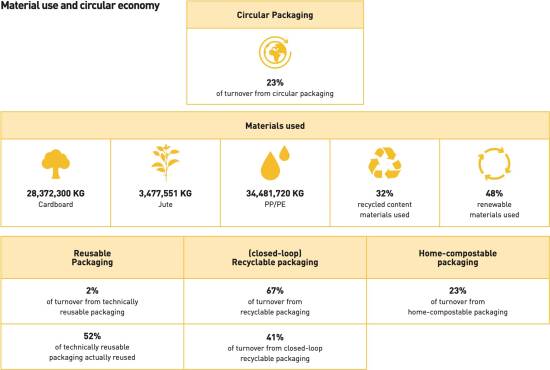
Explanation
Actions
2022 was the year of collecting data and understanding the high emitting areas in our value chain, resulting in our 2021 GHG Inventory. An important outcome of this research is that by making our packaging deliver the circular economy, we significantly reduce the greenhouse gas emissions in our value chain. Hence, both emission reduction indicators and circular economy indicators are leading in strategic sustainable product development decisions.
01
02
03
04
For our additional production partners, the Code of Conduct for Production Partners has been updated and distributed. Included is a commitment to contribute to the circular economy.
All our key production partners have signed the dedicated Code of Conduct for Key Production Partners. This code includes a requested commitment to contribute to the circular economy ambition.
Our updated Sustainable Consumption Policy was communicated and implemented.
Royal LC Packaging’s reuse service WorldBag took on a proactive role in the New European Reuse Alliance (New ERA) as founding member, aiming to raise awareness among relevant EU and national policymakers to establish the required infrastructure, incentives and rules to accelerate the transition from single-use to reuse.
Read industry statement
We obtained the QA-CER Certification for the use of recycled polypropylene (rPP) in big bags used for non-food applications, affirming adherence to stringent quality standards and qualifying Royal LC Packaging as an approved rPP-PCR supplier.
Read more
Policies, codes,
and commitments
We shared an overview of the relevant elements of the Packaging and Packaging Waste Regulation (PPWR) to inform our stakeholders about the developments around this regulation, and help our customers to prepare and align purchasing decisions.
Read more
At our booth at Interpack 2023, we showcased a variety of circular solutions, including bags made out of 50% post-consumer recyclate (PCR) and our reuse and reconditioning service.
Watch video
Product category targets and sales KPIs have been defined and implemented throughout the organisation, in order to boost low-emission and circular product innovation, and the sales of these products.
In terms of governance, the steering committee, consisting of the full Board of Directors and the Head of Sustainability, met on a monthly basis with the Innovation team to take strategic decisions on circular product and infrastructure developments, among others.
Following the workshops organised for employees in 2022, all new hires participate in a dedicated workshop on Royal LC Packaging’s 2030 Ambition, including our circular economy commitment.
A mandatory online training course on our circular economy commitment is available for all employees. On 31 December 2023, the course had a completion rate of 76.4%.
Awareness
and implementation
The innovation team conducted research on possible solutions to have our products meet circular economy criteria, such as feasibility research on the use and availability of biobased plastics, as an alternative for fossil based plastics.
Design scenarios are included in CO2e Product Lifecycle assessments conducted for our main product categories, in order to make strategic sustainable product development decisions.
As an active member of the EFIBCA/EuroJute Circular Economy Working group (CEW), Royal LC Packaging has actively contributed to a [Draft] Design for Recycling Industry Standard, creating the basis for the development of a circular economy for the FIBC (big bag) industry.
To create the environmental business case for circular packaging, Royal LC Packaging has developed a Carbon Footprint Calculator for FIBCs together with our partner The Footprinters, showing the CO2e savings when using recycled materials or switching to reuse.
Read more
We collaborated with our partners in the value chain to establish closed-loop solutions, such as the closed loop recycling solutions for FIBCs with Healix, and with PET Recycling Team (a member of ALPLA Group), Starlinger and Velebit.
New products and services were introduced, such as our jute baxmatic bag with home-compostable strip, designed to prevent plastic waste, and a ‘wet washing’ reconditioning service, which makes big bag reuse possible for a larger number of industries and products.
Research
and development
As of fiscal year 2023, our key production partners committed to sharing detailed material specifications, allowing us to assess our products on circular economy criteria.
We have improved data quality and availability related to, among others, the circularity of our products, which has already resulted in more accurate reporting data on the weight of materials used and on circular economy criteria.
2023 Environmental report
Data
and reporting
Big Bags reuse, recycling and recycled content
Next steps
As looking forward is even more important than looking back, below is a brief overview of actions we are planning to take next.

Ensure progress towards our goal is made, by further developing our product and services innovation approach.
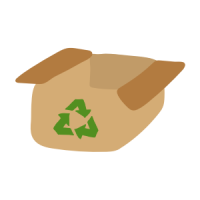
Include remaining product categories in circular economy strategy and where needed, define product category targets and sales KPIs in order to boost circular product innovation and the sales of these products.
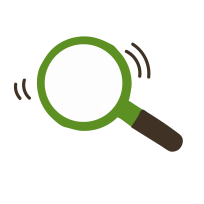
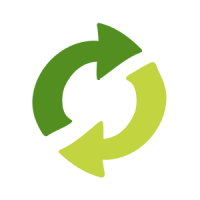
Establish new partnerships to ensure closed-loops.
Further improve data quality and availability, leading to more reliable data for circular economy reporting and decision making.
For more detailed information on the materials used in our packaging, and the circularity of our packaging portfolio, please refer to our 2023 Environmental Report.
2023 Environmental Report
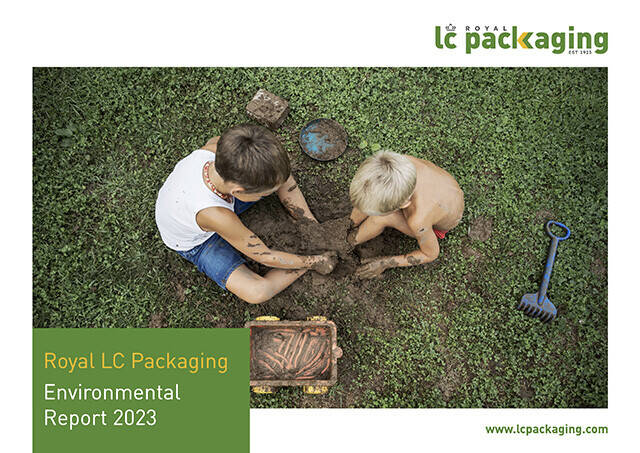
2023 Environmental Report

